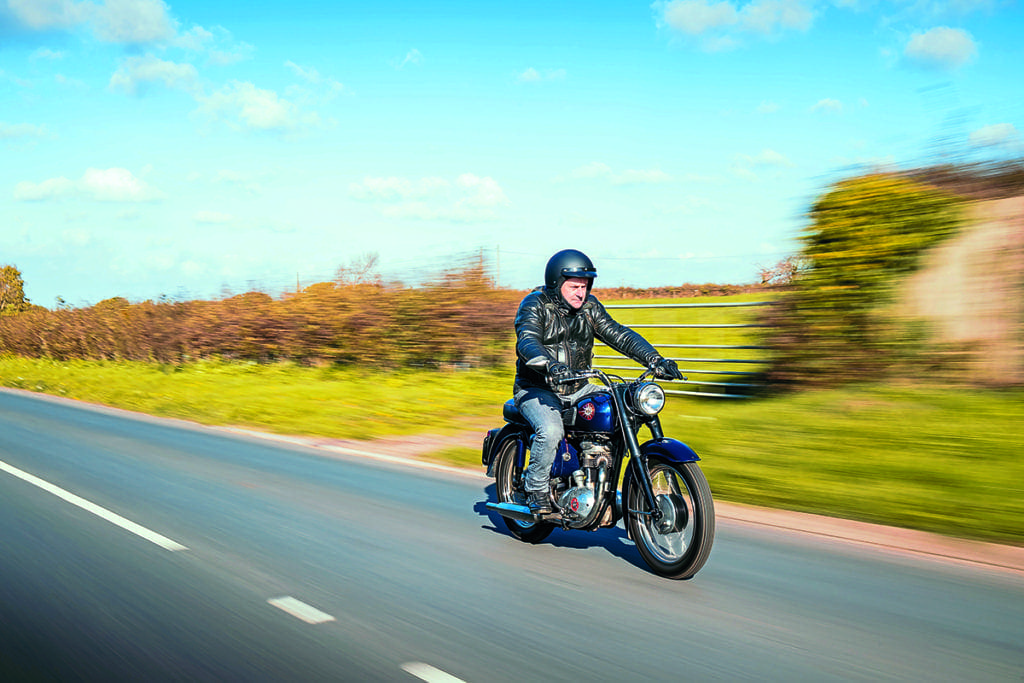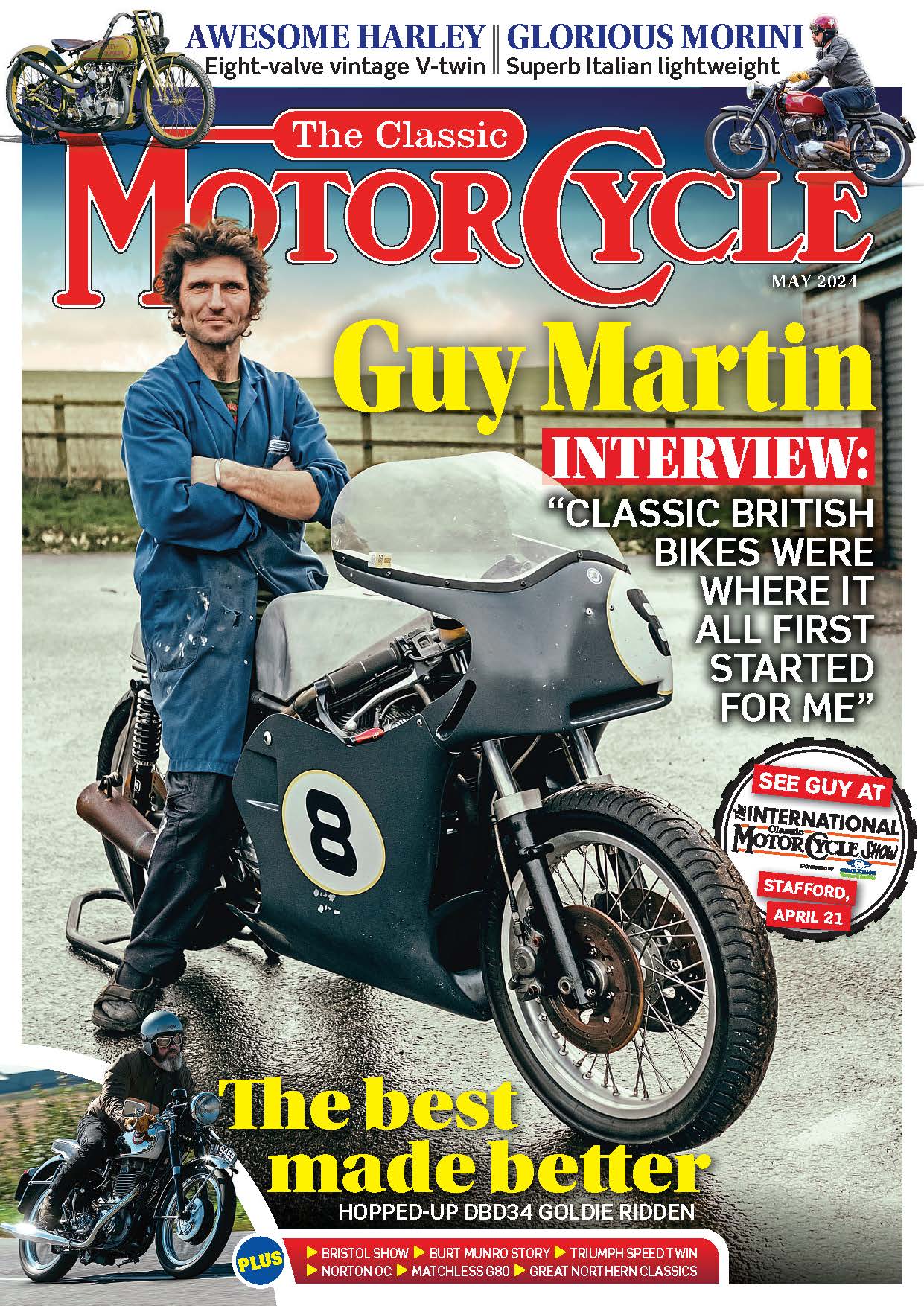Words: STEVE WILSON, Photographs: JONATHAN FLEETWOOD
The appeal of Small Heath’s early unit 250cc model comes through loud and clear in this expertly revitalised 1963 SS80 sports version.
In the last couple of years, BSA’s humble C15 has been making a bit of a surprising comeback. Some prominent BSA buffs have opted for the tidy 250cc unit single as a daily driver, and more.
Enjoy more Classic MotorCycle reading in the monthly magazine.
Click here to subscribe & save.
The bottom line is a relatively low price today, allied to simplicity, easy starting, a good spares situation, and light weight for a full-size machine– the C15 weighed just 280lbs dry, 65lbs heavier than a Tiger Cub, but 30lbs lighter than its predecessor, the pre-unit C12. Top dollar for a C15 is around £3000, and usually they’re considerably less. The keeper of this 1963 sports version, the SS80, acquired it complete for £1500.

Yet these entry-level machines, as marque specialist Owen Wright noted, are usually “remembered with a mixture of love and loathing”. Love as a generation’s “first proper motorbike,” and the opposite due to a number of inbuilt flaws. These were mainly due to their over-hasty introduction, plus their Terrier/Tiger Cub origins, which could mean regular down-time for their young owners.
The Cub lineage is not in dispute, the main difference being that the C15 carried its cylinder upright and not slanted forward. BSA man Norman Vanhouse wrote that Triumph boss Edward Turner, just promoted to chief of the BSA Group’s Automotive Division, ‘…sent Ernie Webster, then head of BSA design, to Meriden to collect a set of Tiger Cub drawings.’ The man in overall charge of the project at Small Heath, the great former champion and competition shop chief, Bert Perrigo, once told me bluntly: “The C15 was a poor thing, but eventually we made something of it.”
He was probably thinking of the later world-beating competition variants, but his words could equally apply to the C15 as a roadster. A 1966 Motor Cycle Riders’ Report on the model confirmed it as a good machine to learn on, cheap to buy, insure and run at an overall 85mpg. But they also concluded, from experience, that if C15s didn’t go wrong to begin with when they were new, they proved very reliable. And unlike the Cub, they could hold 70mph regularly without blowing up.
Looking over the hedge
Roy Cotton’s journey to BSA ownership owed something to former Motor Cycling Weekly journalist Dave Richmond. Roy and Dave both live on the Isle of Wight. Roy owns two relatively modern 1000cc Yamahas, an FZR Genesis and a Fazer, and rides them, well, appropriately.
When he started getting interested in a classic, Dave advised him not to go for a ‘performance’ one, a 650cc Triumph, Norton Commando or a triple, since compared to his modern bikes’ performances, they would be almost bound to disappoint.
“I told Dave that the son of a workmate of mine had the SS80,” said Roy. “He’d only done 960 miles on it since 2004, and wanted to get rid of it. Dave thought that would be just the ticket.” Roy, a skilled engineer, works for a company that produces wind turbine blades, a thriving industry on the Other Island, and part of his brief in technical maintenance is to destruction-test the blades – “They make ’em, we break ’em” – perhaps an ideal background for unit 250cc ownership?
Read the FULL feature in the July issue of The Classic Motorcycle – on sale now!
Advert
 Enjoy more The Classic MotorCycle reading in the monthly magazine. Click here to subscribe.
Enjoy more The Classic MotorCycle reading in the monthly magazine. Click here to subscribe.











